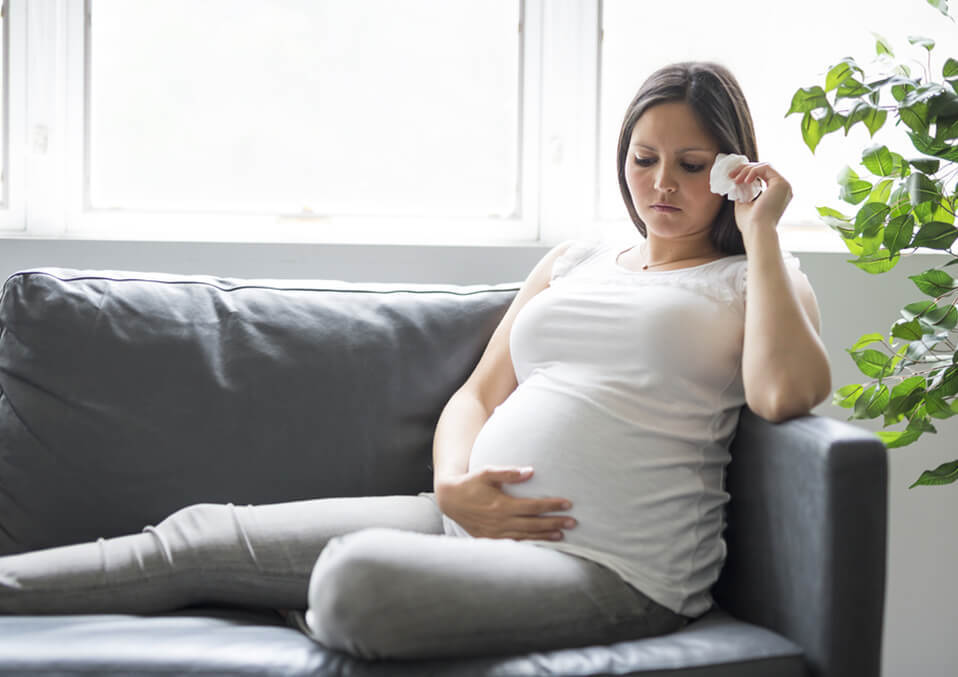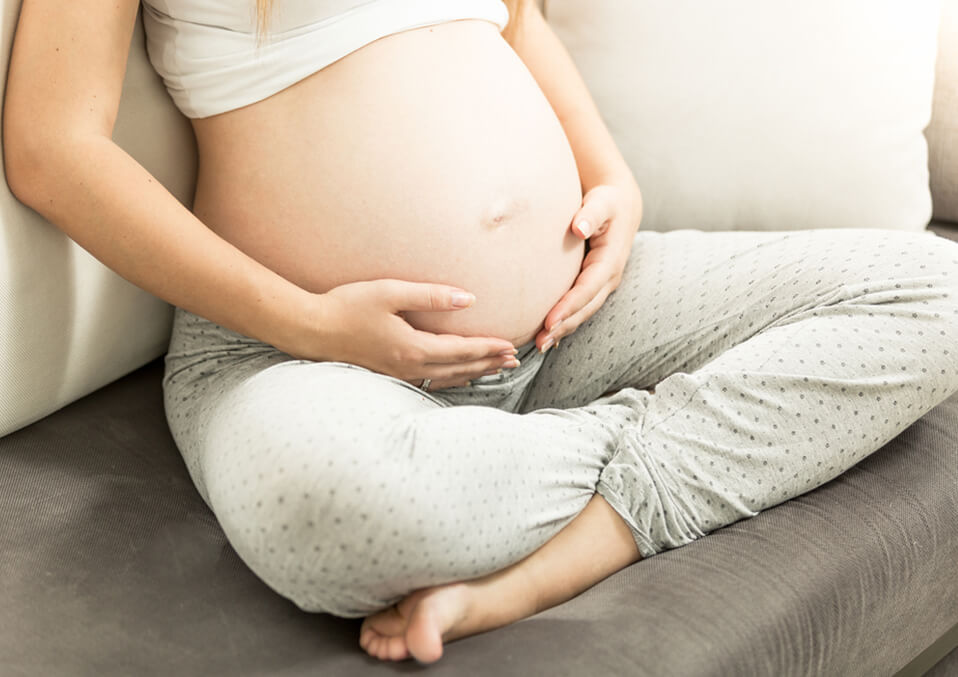
Probably, you can’t stop touching it, and it could seem that day it gets bigger every single day. You are probably totally obsessed with your baby bump and the astonishing small thing that grows inside it. But how much do you know about the changes outside — and the exciting activities that take place inside?
What should you know?

Here are some of the things that you should know about your pregnancy bump:
-
When you touch your belly your baby loves it.
You do not merely feel warm and fuzzy by touching, patting; or holding your bump; it could also make your boy feel good. Research shows that fetuses react strongly by moving around the belly. And they respond more frequently than strangers to familiar touches of their mother.
It can stimulate your baby; particularly useful if you start to count kicks. And it’s an incredible way to connect; of course. The longer you interact with your baby; the more you know the world outside of the womb once he has been born.
-
A small or big pregnant belly measurement is usually safe.
Your doctor will use a tape measuring to monitor your fundal height during every prenatal visit — the distance between your pubis and the top of the uterus. This number is approximately the number of weeks you are in centimeters.
But one to two centimeters is no problem— and does not mean that your kid does not generate or is too large to deliver vaginally.
In many cases; measuring your child large or small while you are pregnant can mean that your deadline is shortened by a few days or a week or your baby is in your uterus.
-
Your growing belly could end up making things a bit uneasy.
A lot larger is your baby, from about 2 pounds at the end of the second quarter to about 6 to 9 pounds at the end of the third quarter.
As your little one takes on more and more room, you might begin to notice changes that are not so fun. You may feel sharp pains as the ligaments around you reach to suit your bump. Heartburn might also become a problem, as your increasing uterus pushes on your belly.
Things get tight to your baby too, so don’t be surprised if, in the past few weeks, you have noticed less hard kicks and more knee and elbow jabs. The good news is that you both are near the finish line. It’s not going to be long before you finally meet!
-
Right after birth, your bump will not disappear.
Once you have come home from the hospital, you still don’t reach those jeans. After your little one comes into the world, you will yet have a baby belly. After all, your uterus, abdominal muscles, and skin have taken nine months to stretch to their actual dimension. So it will make it likely to go back in the way it was at least a few months or more.
What are the typical concerns on your bump?

A woman could worry that for the week of pregnancy, she’s too big or too small, or if she is high, low, or broad. She can never see inside of her womb, so what she can see and feel is the only indices she has daily concerning her growing infant.
You know that you’re not alone if you’re looking forward to and are concerned about the size or shape of the pregnant belly. The way your baby grows is all different for all women, and chances are all okay.
-
Small carry
You eat well, exercise, and get prenatal checks regularly. However, people often say you look small for your pregnancy or ask if you eat enough.
You can prevent your growing womb from staying as far as casual monitors might expect if your abdominal muscles are sturdy and robust. All women’s humps are also less than the abdomen of a shorter woman with the exact size of the belly.
-
Carrying lower
The low carriage can be uneasy. Certain waiting mothers are designed to be as low. The muscles and ligaments supporting the organic matrix during a second or third pregnancy are extended and weakened, and the ever-increasing womb can not be held up as before.
You can notice that you carry less than almost overnight before the end of your pregnancy. It probably is due to your baby falling or lightening up in preparation for birth. It puts pressure on your lower back, the biggest problem with low transport. Pelvic exercises can make it easier to become uncomfortable or to cause pain on your lower back.
-
Wide Carry
A large belly could mean that your child is in a transverse position. It means that he or she is positioned side by side, rather than up or down by the head. If this is the case, your caregiver will feel. It usually is not a problem unless the baby is headed down to be born, in which case a cesarean section may be necessary.
You might also feel like you’re carrying more side by side than other pregnant women if you are overweight when you get into pregnancy.
-
Large carry
You may appear to carry big because of the way your baby is placed or even how you are constructed. A tiny woman may look enormous on a pregnant belly. You might have noticed that you appeared much earlier than you did during your first pregnancy if you didn’t do this.
That’s because your muscles have stretched a bit after one pregnancy and will cope more easily with the pressure of your uterus. At every prenatal visit, your doctor or sister-in-law measures and monitors the size of your bump.
Why is your belly big?

Some reasons can be that your stomach looks more significant even though your baby is probably an average baby. These might include:
-
Your baby’s position
Your baby can once again look smaller and more prominent in other situations due to changing location.
-
Height
Relatively short women, with a short-waist and a small länge between hips and lower ribs, have less space in which their children can grow up. So you tend to carry your baby further and look bigger.
-
The uterus moves the bowels
The intestines move more across the top and out on the sides of the uterus. It makes your belly look more prominent and rounder. It is normal, and you might not find that there is so much constipation, as the gut is not as compressed. Your nurse should sense that your uterus and baby are much smaller than your belly looks, as soon as you have a regular pregnancy test.
Read also:
- How To Make Your Baby Move: Ways And Solution
- What Happens When You Accidentally Dropped Your Baby?
- How to Be Safe and Comfortable with Your Growing Pregnant Belly


